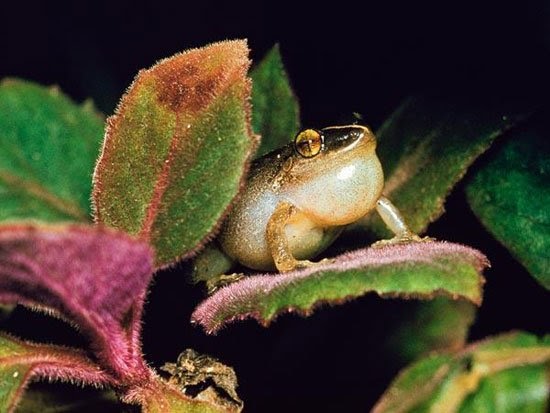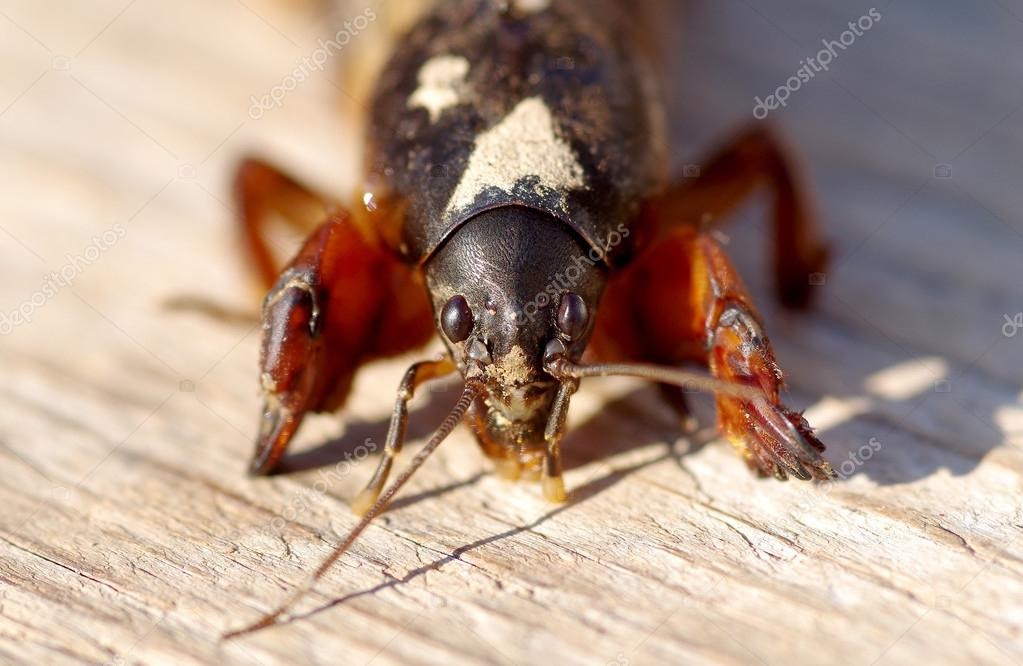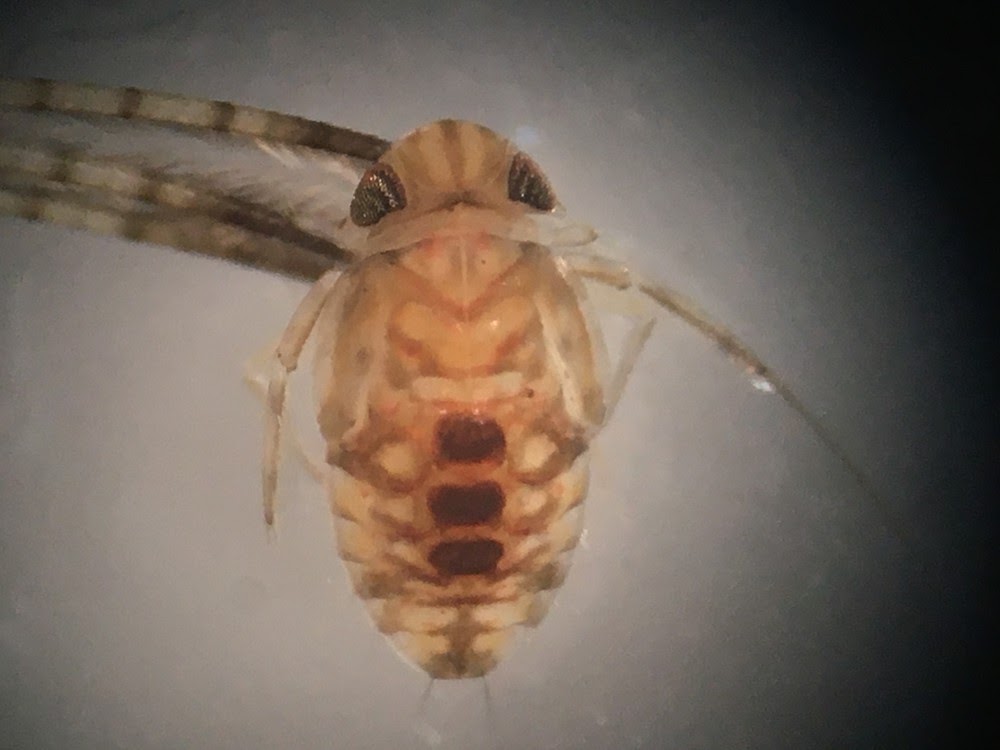Discover the world's largest animal blue whale and the most "loud" animals on the planet
Have you ever wondered, what animals are holding the record for noise in the wild? The following animals make people shudder with the noise they make, which can reach hundreds of decibels.
The biggest mouth water animal
The blue whale is the loudest of all known animals, with a volume of up to 118 decibels. Blue whales don't sing complex 'songs' like humpback whales do, but their low-frequency calls - below the threshold of human hearing, can be heard from more than 805 kilometers away. Calculations from the 1970s by two scientists Roger Payne and Douglas Webb predicted that the singing of blue whales could spread across the ocean.
Blue whales 'sing' louder than jets (140 decibels volume). The loudest human scream is just over 70 decibels. While the threshold of sound causing ear pain for humans is from 120 - 130 decibels. A few years ago, researchers noticed that whales are reducing the frequency of singing away.
"That noise is like someone firing a rifle from a meter away from your ear."
The blue whale is the largest known animal that ever lived on Earth. This beautiful marine mammal dominates the oceans with a length of up to 30.5 m and a weight of more than 200 tons. Their tongue alone can weigh as much as an elephant. The heart of a blue whale is like a car.
According to calculations, its cry can reach the sound intensity of a rocket launching a space shuttle into space. In addition, the blue whale also has very good ears that allow it to communicate with other species on the other side of the ocean.
The noisiest terrestrial species
The Howler monkey is the noisiest land animal. Large populations of this species live in the rainforests of South America. Some have suggested that their screams are actually more like roars, and can be heard from 4.8 kilometers away. The loudness of the screams of monkeys was measured from 5 meters up to 88 decibels, which is close to the sound emitted when a subway train is running on the tracks (95 decibels). The screaming monkey is second only to the blue whale in terms of the volume of the sound it makes.
Research has shown, howler monkeys 'scream' with the U-shaped hoof bone in the animal's throat. This bone doesn't actually hook up with any other bones, so it just appears to hang there. That magnified bone forms a throat pouch that helps resonate the scream before it bursts out of the animal's palate.
Howler monkeys are one of the noisiest species. They scream loudly everywhere as a way to mark their territory and when they want to warn enemies to stay away. A monkey's call sometimes resembles a bark or roar. Every time an individual it screams, the whole herd of monkeys will respond. This species usually has the habit of doing so every early morning and at the end of the day.
The habit of this monkey is to gather in groups and after each meal, it will cry loudly. At this time, screaming monkeys can call alone, in pairs, in circles or together. If it rains, they will cry even louder.
A scientific study published in Current Biology shows an interesting fact: The bigger the howler monkey's mouth, the smaller its two testicles are and limited in size.
Going to sleep still makes noise
When the oilbirds return to their nests, which are their burrows, the loudest known flock of birds can be deafening. Oilbirds use echolocation to find their way in completely dark caves. However, unlike the calls of bats, the squawking of birds is within the range of human hearing. Each bird can make squawking sounds of up to 100 decibels measured at close range, and flocks of thousands of birds resonate to terrifying levels.
Oilbirds seem to use echolocation only when indoors in burrows, not using them in nocturnal foraging. This is possible because their sensitivity is not high. A scientific experiment showed that oilbirds head straight into plastic dishes 10 centimeters wide, but they were able to avoid plates 20 centimeters wide and wider.
In addition, because of their name (translated from English as oil bird), oilbirds were once hunted by humans for the purpose of extracting oil for fuel.
Loud amphibian king
Only males of the common coqui frogs sing, and their vocals have been recorded up to 100 decibels (measured from 1 meter away), helping them to claim the throne of the noisiest amphibians it has ever known. The singing of this nocturnal frog has two meanings: to announce territory to other males and to attract females.
In its native habitat in Puerto Rico, the coqui is considered part of the island's natural heritage. However, in Hawaii, people often lose sleep at night because of the noise caused by crowded frogs, equivalent to people turning on a lawn mower to keep it running all night, according to the Hawaii Department of Agriculture (USA). ).
The loudest explosion made by living things
The Alpheus bellulus crayfish living in the Indo-West Pacific waters does not sing, does not sing, does not scream, does not whistle, but simply produces the loudest explosion ever made by living creatures. . The noise of this shrimp to 'cover' the submarine from the sonar system detects the submarine.
This crustacean is only 4-5 cm long and weighs about 50 g, but can emit sounds up to 200 dB, louder than the explosion of a jet engine or a powerful rifle heard from a distance. meters. The secret lies in their large claws, which take up more than half of their body length.
The knocking shrimp 'stuns' its prey by rapidly closing its special pincers to shoot jets of water at 100km/h, creating a low-pressure air bubble backwards. The bursting air bubble creates a mini-explosion with a volume of 200 decibels, which stuns its prey and kills its prey.
Shrimp species are generally considered to be one of the largest sources of noise in the ocean. When gathered in large swarms, they can interfere with sound waves, hindering underground communication devices.
Amplify singing with self-made speakers
The mole crickets Gryllotalpa vinae are the noisiest insects. This cricket uses its specialized front legs to dig speaker-shaped burrows. Standing inside the dug loudspeaker, the cricket can chirp loud enough for a person standing 600 meters away to hear.
A voice recorder placed 1 meter from the top of the cricket's cave recorded sounds with a volume of up to 92 decibels, louder than the sound of a lawn mower. In fact, this cricket has 'cheated' when using a dug burrow to be able to stimulate real sound coming out of its body, converting 30% of its energy into amplified sound.
Making noise with penis
Water beetle Micronecta Scholtzi has a body only 2mm long. This beetle lives in fresh water and swims on its back with two long legs that act like oars.
While not the loudest animal in the wild on a single decibel basis, the water beetle Micronecta scholtzi actually makes the loudest sounds for its size, according to the publication. science in the journal PLoS ONE.
Experts and evolutionary biologists in Scotland and France have recorded the 'singing' of a water beetle the size of a grain of rice with an intensity of up to 105 decibels, equivalent to the sound of a sledgehammer pounding a distance of one. arm span. Although the sound echoing from the bottom of the pond has decreased much when reaching the water surface, the 'singing' of the water beetle is still loud enough for a person standing on the pond bank to hear.
Significantly, water bugs make noises by rubbing their penises against their bellies, a process similar to crickets 'singing'. Genital noise generation is relatively rare in the animal kingdom however animals have evolved hundreds of different ways to amplify their 'sing'.
Until now, researchers still do not understand the mechanism by which this tiny water bug makes such a loud sound.
Interesting facts - Bees can fly higher than Mount Everest?  team youtube13:39:47 25/02/2021In life, there are many things that we have not discovered yet. Only a quarter of the Sahara desert is sand, bees can fly higher than Mount Everest, test the durability of phones with a butt-shaped robot,... are interesting facts that books have never seen. mention. McDonalds used to make flavored broccoli
team youtube13:39:47 25/02/2021In life, there are many things that we have not discovered yet. Only a quarter of the Sahara desert is sand, bees can fly higher than Mount Everest, test the durability of phones with a butt-shaped robot,... are interesting facts that books have never seen. mention. McDonalds used to make flavored broccoli

















 Nasa almost 'broke apart' during a trip to the Moon 55 years ago, shocking reason
Nasa almost 'broke apart' during a trip to the Moon 55 years ago, shocking reason Vietnam Airlines Turbulence Incident: Passengers Experience Pale Faces
Vietnam Airlines Turbulence Incident: Passengers Experience Pale Faces Empress Dowager Cixi's bed was carved by Westerners, the content is shocking!
Empress Dowager Cixi's bed was carved by Westerners, the content is shocking! Pu Yi humbled himself to apply for a government job, was rejected twice, and finally pushed into this position.
Pu Yi humbled himself to apply for a government job, was rejected twice, and finally pushed into this position. Mystery of the ghost market: Open at midnight, breaking the law and paying the price, some people earn up to 300 million
Mystery of the ghost market: Open at midnight, breaking the law and paying the price, some people earn up to 300 million Forbidden City Mystery: Cracked Brick Courtyard, Accidentally Revealing a Shocking Secret?
Forbidden City Mystery: Cracked Brick Courtyard, Accidentally Revealing a Shocking Secret? Secrets of the Palace: Empress Dowager Cixi was fascinated by a 'creepy' dish that must be included in her meals
Secrets of the Palace: Empress Dowager Cixi was fascinated by a 'creepy' dish that must be included in her meals Elephant's foot: Invisible destroyer, 5 minutes to kill, never dare to come near again!
Elephant's foot: Invisible destroyer, 5 minutes to kill, never dare to come near again! India's hottest groom: turns wedding into a fighting ring, bride's attitude is more surprising
India's hottest groom: turns wedding into a fighting ring, bride's attitude is more surprising Qing Dynasty officials work tirelessly, but are tortured after work, and become mentally ill for one reason.
Qing Dynasty officials work tirelessly, but are tortured after work, and become mentally ill for one reason. The mystery of the universe's 'cry for help', 'conflicts' between planets, science decodes
The mystery of the universe's 'cry for help', 'conflicts' between planets, science decodes The Emperor of the Ming Dynasty established 2 organizations, more powerful, "evil" than the Eastern Factory, Cam Yi Guard
The Emperor of the Ming Dynasty established 2 organizations, more powerful, "evil" than the Eastern Factory, Cam Yi Guard
4 | 0 Discuss | Report